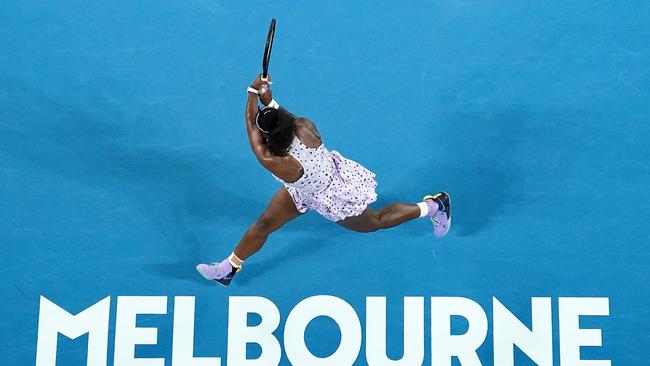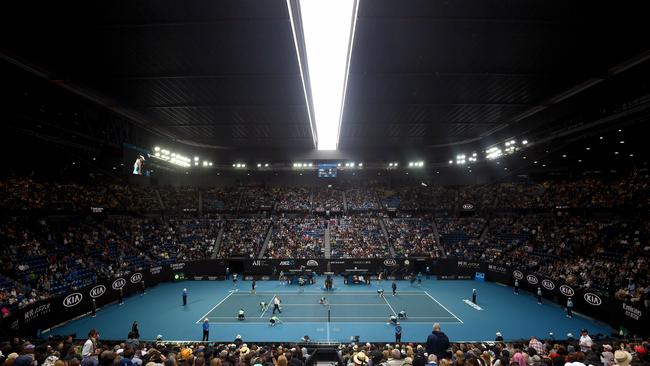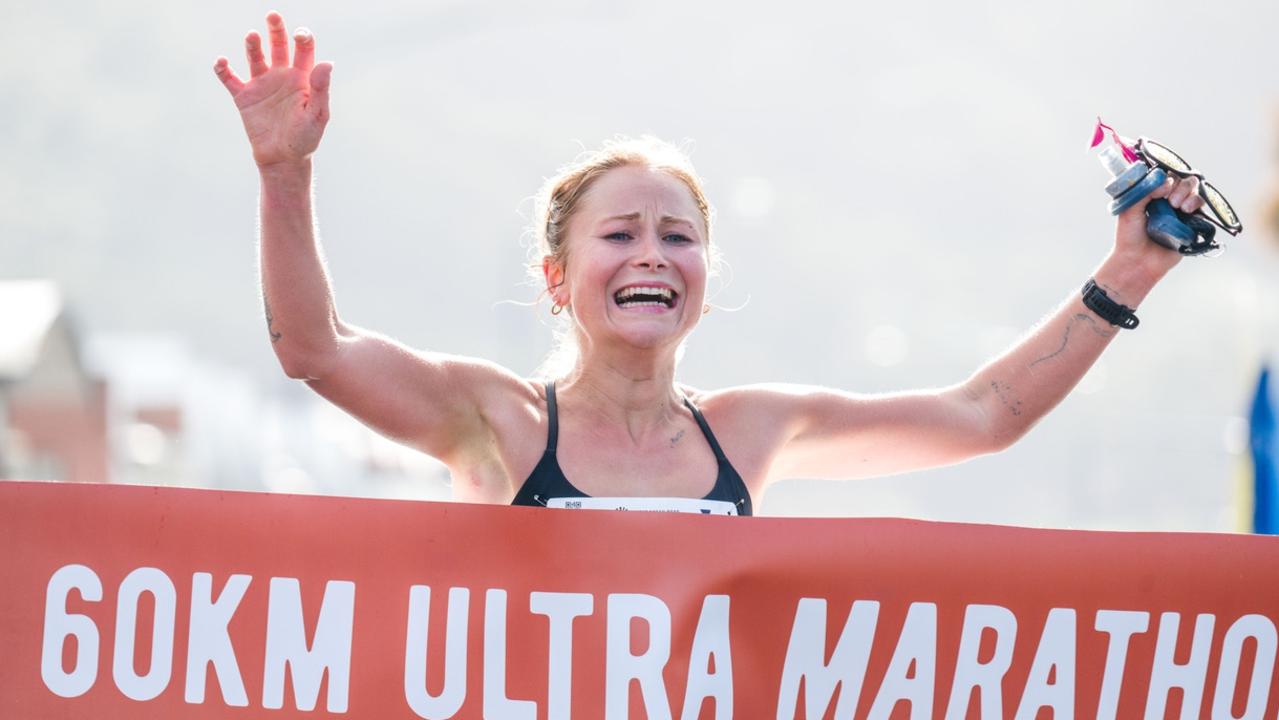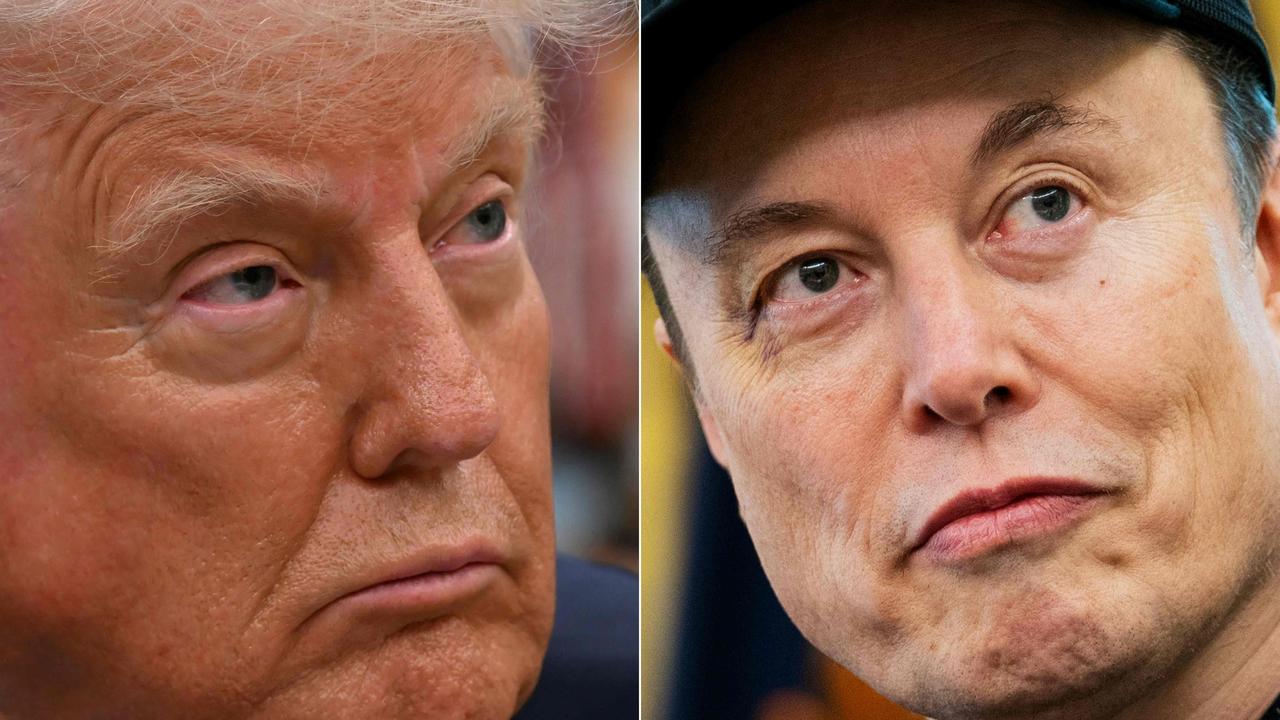New-look Aussie Open serving up much more than tennis
The event is now a lifestyle destination for the wealthy with fine dining, shopping and even yoga.

It is the secret speakeasy bar hidden in an old ticket office next to Rod Laver Arena that encapsulates just how tennis has become a sports business behemoth.
The bar, where a select group of 20 invite-only VIPs, sponsors and corporate heavyweights drink until midnight each evening during the Australian Open in Melbourne, has dedicated bar staff serving cocktails in a dimly lit space fitted out to look like an illicit Prohibition-era establishment.
Similarly, there is a new jazz bar fitted out at the top of the Tennis Australia headquarters for the two-week event. Invitees access drinking and eating facilities run by a rotating cast of Melbourne’s most famous inner-city bars nightly, in what is office space the rest of the year.
It is all part of a strategy by Tennis Australia designed to make the Open look and feel like an event for corporate guests and general attendees like no other sport or event in this country.
Take the Founders Club. Billionaires like John Gandel — a big tennis fan who attends most sessions —– and Gina Rinehart are among only 70 members of the most select “club” at this year’s Open. For about $70,000 each over three years — which means Tennis Australia makes almost $5m revenue from the venture — members are wined, dined and pampered in a unique offering.
“There’s a full concierge service. (If they say) I’d like a helicopter or a riverboat back to Crown Casino, or a babysitter, that is what we do,” says Tennis Australia’s chief revenue and experience officer, Richard Heaselgrave.
Courtside seats on Rod Laver Arena are complemented by bespoke dining and hospitality facilities on a specially fitted out top floor of the Tennis Australia HQ.
The Founders Club is part of a range of corporate facilities, unique sponsorship deals and retail outlets and signage which have changed the face of Melbourne Park in the past three years — and reaped Tennis Australia hundreds of millions in additional revenue in the process.
The Open has gone from a purely sporting event to an entertainment event which also focuses on food, music and being family-friendly — and corporations are falling over each other to be involved, with Tennis Australia headed for $400m revenue this year.
Heaselgrave has signed $90m worth of renewal deals since last year’s Open alone. That includes convincing ANZ to maintain its $7m annual sponsorship deal but step into a different, more community-focused category, Emirates to step up to an associate partner level in a deal likely to be worth at least $10m per year, and also signing a whole new range of sponsors that won’t ever see action on centre court.

Take the new retail precinct situated between Rod Laver Arena and the secondary Melbourne Arena. There is a Country Road outlet which, Heaselgrave says, was averaging three times the daily sales of any of its other outlets around the country this week.
While there are luxury shops for clothes, sunglasses and shoes, there is also a Chemist Warehouse outlet. It has a licensed pharmacist operating at the rear of the shop, as is the case with any other Chemist Warehouse shop. This week there have been lines out the door of consumers keen on discounted vitamins, perfumes and toiletries.
“I was sceptical but that has been a game-changer,” says Heaselgrave. “I’ll put my hand up and say I was wrong.
“If you are here for all this time on site, people want to shop and shop as a pastime. When you’ve got 1 million (attendees over two weeks) to sell to then you can invest in that shopping experience. People enjoy shopping if the environment and experience is brilliant.”
Tennis Australia also brought its own merchandise sales in-house for the first time this year, and has doubled the rate of sales from 2019. It is rumoured to be selling $1m worth of gear daily in 11 shops across the site, having decided to change strategy after discovering the French Open at Roland Garros was selling double the merchandise despite only attracting half the crowds of an Australian Open.
Heaselgrave says Tennis Australia also has plans to keep extending and improving its food and music offerings, as well as its uses for the entire Melbourne Park site — which in turn he believes will help it keep attracting new corporate sponsors.
The existing but ageing television broadcast compound will be knocked down for the 2021 Open for a large Eataly-style food hall with a variety of restaurants, food and drink counters and retail space, while there are also plans for a major music festival at the nearby Myer Music Bowl. “Our comparison will be Coachella or Glastonbury,” says Heaselgrave.
Next year will also see outside courts opened well before the usual gates open at 11am and used for pilates, yoga and other health and exercise-related classes, with coffee, fresh fruit and food served.
“Then we’ll close, tidy up and re-open for the tennis. It is just sweating an asset of a facility we have invested in. It is very logical,” says Heaselgrave.
“And for our sponsors it works. Nike, for example, might want to target wellness and a female audience and we can say here you go. We will do wellness until 11. Tennis, family and food after that and then at night we give them somewhere to go out. We want people to stay longer every day.”
Otherwise, Heaselgrave says Tennis Australia staff will continue seeking new ways to attract sponsors, even those that are not directly associated with the actual tennis tournament. One good example, he says, was the signing of the Natural Confectionery Company as a sponsor of a children’s precinct, which features rides and various activities. The brand is not seen near a tennis court, but plenty of families and passers-by see it.
“You are buying the audience in a way. The family audience will be appealing to some brands, the music audiences to others.
“In a precinct which is 3km long we don’t have a single brand, save for (major sponsor) Kia, which wants to be or can afford to activate in every audience segment.
“We are not anywhere near saturation point for the partners we work with, or the growth, because it is only limited by ideas — and we have plenty of ideas.”




To join the conversation, please log in. Don't have an account? Register
Join the conversation, you are commenting as Logout